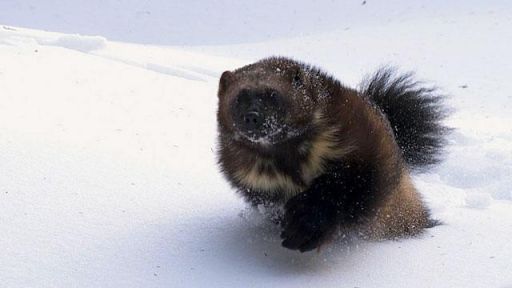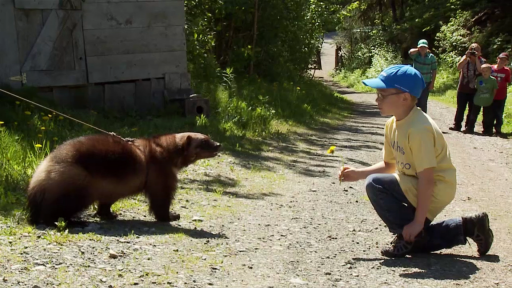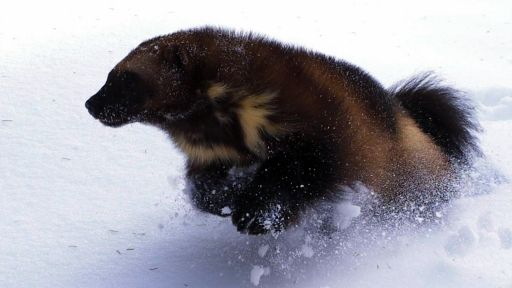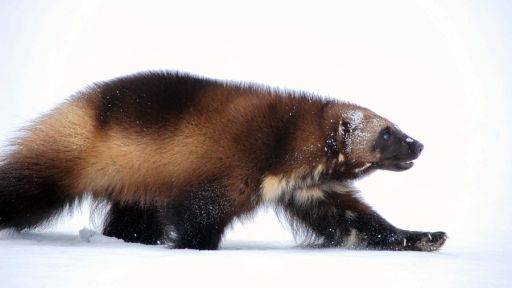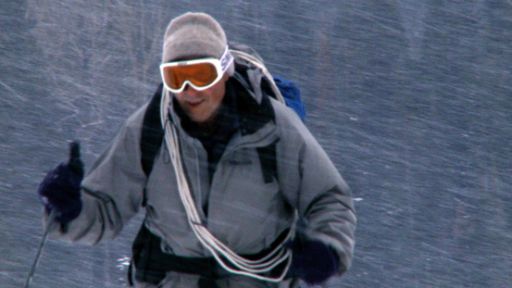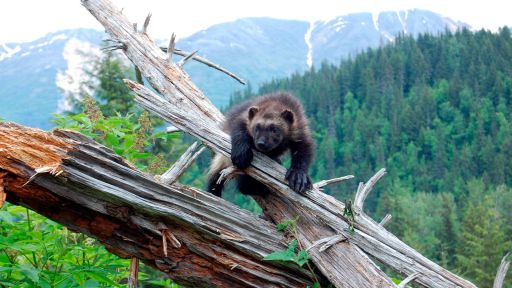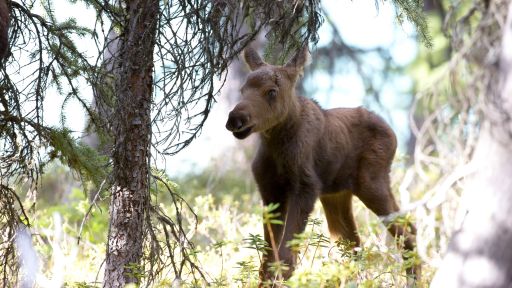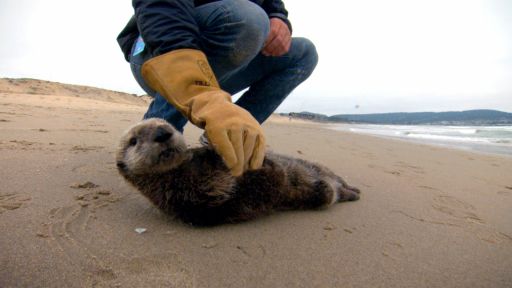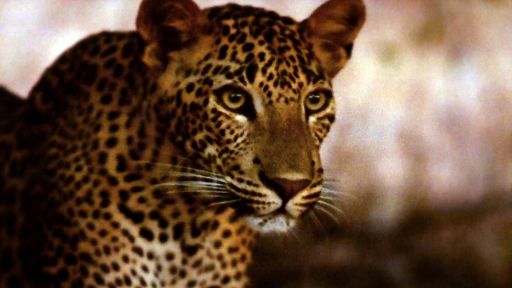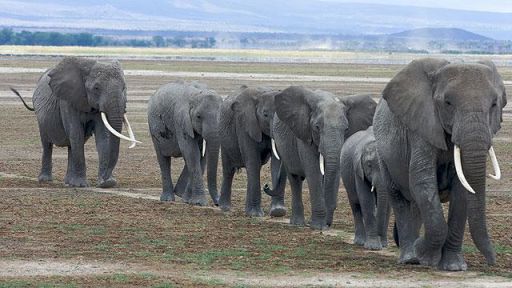Wolverines are among the most elusive creatures on the planet. They seek out the toughest terrain – the most rugged, remote and fiercely raw – and they’ve always been scarce to begin with. So they’re hard to find. They weigh only about 30 pounds, but they have a ton of attitude and a reputation to match. They eat everything, dead or alive, warm or frozen, and will climb anything, even mountains. It’s impossible for humans to keep up with them. They’re built to travel long distances with minimum effort across deep snow or up the sides of sheer cliffs. They roam an enormous territory of about 500 square miles – a home turf larger than an average grizzly bear’s. And they share it only with their immediate family. It’s “no trespassing” for everybody else.
Few researchers have observed wolverines in the wild, though some have tried, for years on end. Most must settle for capturing their images on remote cameras, tracking them from a distance, and getting to know them from their DNA. Those that study them become completely captivated by them, full of admiration and respect for these totally outrageous and independent creatures. Author and wolverine enthusiast, Doug Chadwick, puts it this way: “Like most of the guys on the project, what I really want to do is just be a wolverine. I want to go where I want to go, do what I want to do, bite who I want to bite, and climb what I want to climb.”
Yet there is one man whose experience with wolverines has been completely different. Wildlife filmmaker Steve Kroschel has spent 25 years with wolverines, and has even shared his home with them. Caring for injured and orphaned animals on a sixty-acre refuge in Alaska, he is one of the few men in the world to raise wolverines in captivity. The two orphans he has cared for since their birth have become his lifelong responsibility – and they are a handful! But he remains their committed and devoted advocate, a more than willing substitute parent to these remarkable animals he has come to love.

